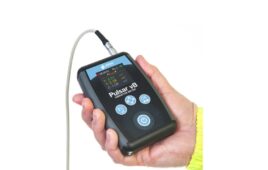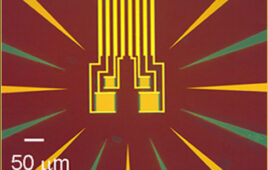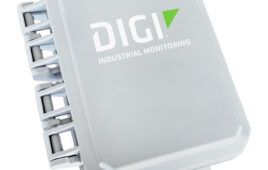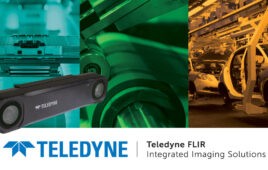For the first part of this article, click here.
Ask the right questions – Follow these steps to get the right design
Membranes switches are usually customized to fit each project and there is a virtually unlimited range of styles, colors and switch sizes. Don’t be afraid to ask a professional – Use experts who will advise you on your design. They can help you save money, create the most efficient membrane switch, and advise on graphic aesthetics. To find the right switch for your application, use your imagination, and ask yourself these questions. After establishing answers to the questions, create a drawing and schematic for your membrane switch. This will give you a good starting point for requesting an accurate quote.
Overlay or membrane? – Decide if you need an overlay (just the graphic) or a membrane switch (includes circuitry).
What size does the switch need to be? – Determine the dimensions of the membrane switch and the total thickness that you can have. Remember, if you don’t adhere to the space you have available in your product, the membrane could be too high or too low. To save space, the circuit can be designed in a matrix layout (mapping of the traces using leads that run in both the “X” (rows) and “Y” (columns) directions, resulting in fewer leads with a greater number of connections.
Is a back plate or bezel involved? – Is there a back plate or bezel to which the membrane will be applied? If so, ask the manufacturer to quote this. It makes your sub-assembly more complete and easier to install into your finished product.
Where will the switch be used? – Consider the environment in which the membrane will be used so you can design your membrane switch for maximum reliability. For example, if it will be used outdoors, you will want a graphic material with UV protection. If it will be used in an environment where electrostatic discharge (ESD) is present, consider incorporating a shield into the design.
Are there any industry-specific considerations that apply to your design? – Some applications are simply harder on switches than others. A control panel for farm equipment may need to be designed to IP67 standards to prevent water ingress along with UV protected material to prevent fading. Industrial equipment used for manufacturing in a clean room may need a shield to prevent ESD from shorting out. Medical equipment may need to be protected with special antimicrobial material. For example, APEM supplies Autotex AM, a new hard-coated polyester film with Microban® protection incorporated into the textured hardcoat during the manufacturing process.
What is the mating connector? – You can cut cost by using a standard 2.54mm pitch female connector.
Are there specific ergonomic concerns with the application? – Consider embossing, which allows the user to locate keys easily. There are multiple types of embossing, including pillow, rim, logo, LED, and combination. Embossing can be beneficial for low lighting environments or for disabled users.
Is lighting required? – The keypad can be backlit, with a thin film electroluminescent (EL) lamp, widely used for medical equipment and robotic controls, or light emitting diodes (LEDs), used in medical equipment, power supplies, generators, and hand-held devices, provides visual indicators to the user of actuation.
Do you need tactile feedback? – In many applications, it is important which button is activated and when. From medical hand-held devices to control panels for industrial equipment, tactile feedback from metal or polyester domes is often required. Tactile feedback confirms through touch and sound that the switch was activated. If this is important to your application, consider a stainless steel dome, which can take high temperatures and is extremely durable. Polyester domes are rated to a maximum temperature of 60°C (122°F). Figure 3 shows a few possibilities for domes giving tactile feedback.
Switches that do not require tactile feedback tend to be less expensive and have a simpler construction. They do not require a dome or dome retainer.
How do I get a graphic design that is aesthetically pleasing while not being too expensive? –You can use embossing, multiple colors, graphic design, and material finish to convey your company’s message. To save on cost, develop designs that minimize the number of colors and use standard off-the-shelf connectors. Avoid thin lines (less than 0.3mm) and serif fonts, which can be costly to print. Keep in mind that use of embossing and polycarbonate material will increase costs. Figure 4 provides some ideas on labels and overlays.
For the first part of this article, click here.
Filed Under: Cables + cable management, Sensor Tips, Connectors (electrical) • crimp technologies, Robotics • robotic grippers • end effectors




